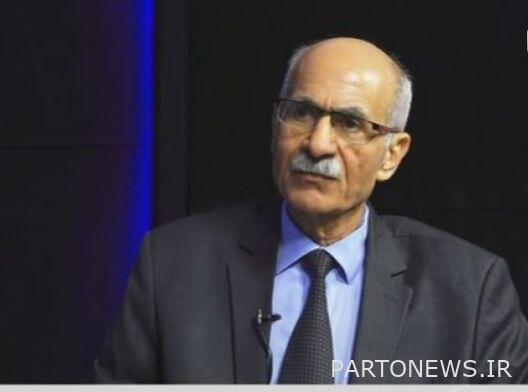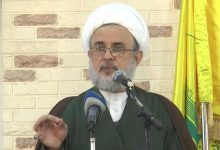The blood of Hajj Qasim and Abu Mahdi kept the finger of the resistance front on the trigger

In an interview with IRNA, Dr. Mahmoud Al-Hashimi stated: “It is true that the loss of any great figure such as the martyrs Haj Qasim Soleimani and Abu Mahdi al-Mohandes is sad, but the martyrdom of these great men is the source of a new birth in the resistance.” One of the fruits of the martyrdom of the resistance commanders will be the strengthening of the power-based equations of the resistance by pursuing the expulsion of foreign forces from the region.
Al-Hashimi addresses the signs of strengthening the anti-occupation and anti-Takfiri current in the region after the assassination of these commanders and adds: The big index shows that one of these indicators was the increase in the number and combat readiness of the resistance groups, especially in Iraq, and the other was the “Saif al-Quds” war (the sword of Quds). The blow to the Quds Sword, the battle between the Palestinian resistance groups and the Zionist regime, was very painful for the Israelis. This war showed that the resistance, with the martyrdom of its commanders, feels new blood in its veins and becomes more united than before.
“The Americans’ withdrawal from Iraq and other parts of the Middle East will be aided by the same motive for the blood of the martyrs, and it is this motive that has kept the fingers of the anti-occupation fighters on the trigger,” said the head of the Iraqi Center for Strategic Studies.
Al-Hashimi continues: The new generation of Hajj Qasim and Abu Mahdi is on the way. It should not be assumed that the grief of the loss of the martyred commanders means the end of the work, but this is the driving force and initiator of the global anti-occupation movement. The resistance will develop, and future generations of commanders will learn from the role models of the martyrs and commanders of the resistance, fearlessness in the face of death and dignity and heroism.
From his point of view and experiences in the media, Mahmoud Al-Hashimi describes the characteristics of the martyred commanders of the resistance as follows: What I saw in the characteristics of Abu Mahdi al-Mohandes and Haj Qasim Soleimani was that they always fought and were present on the front lines. They did not know the so-called “fear”. They sat at the same table with the fighters and soldiers and ate the same food as the other warriors. We saw several scenes of the fighters taking refuge in the arms of Abu Mahdi al-Mohandes, and the feeling of father and son between them was quite obvious. In Iraq, we saw how Abu Mahdi al-Mohandes cried many times when he heard the news of the martyrdom of one of the fighters.
He continues: One of the characteristics of Haj Qasim Soleimani and Abu Mahdi al-Mohandes was their social and paternal personality, which has also affected their families along the way. These two martyrs had exceptional patience, especially in intense battles and under enemy fire. They were at the height of danger in the beating and inflamed heart of the battle, and it is not in vain that the American occupiers targeted these two great generals.
.

